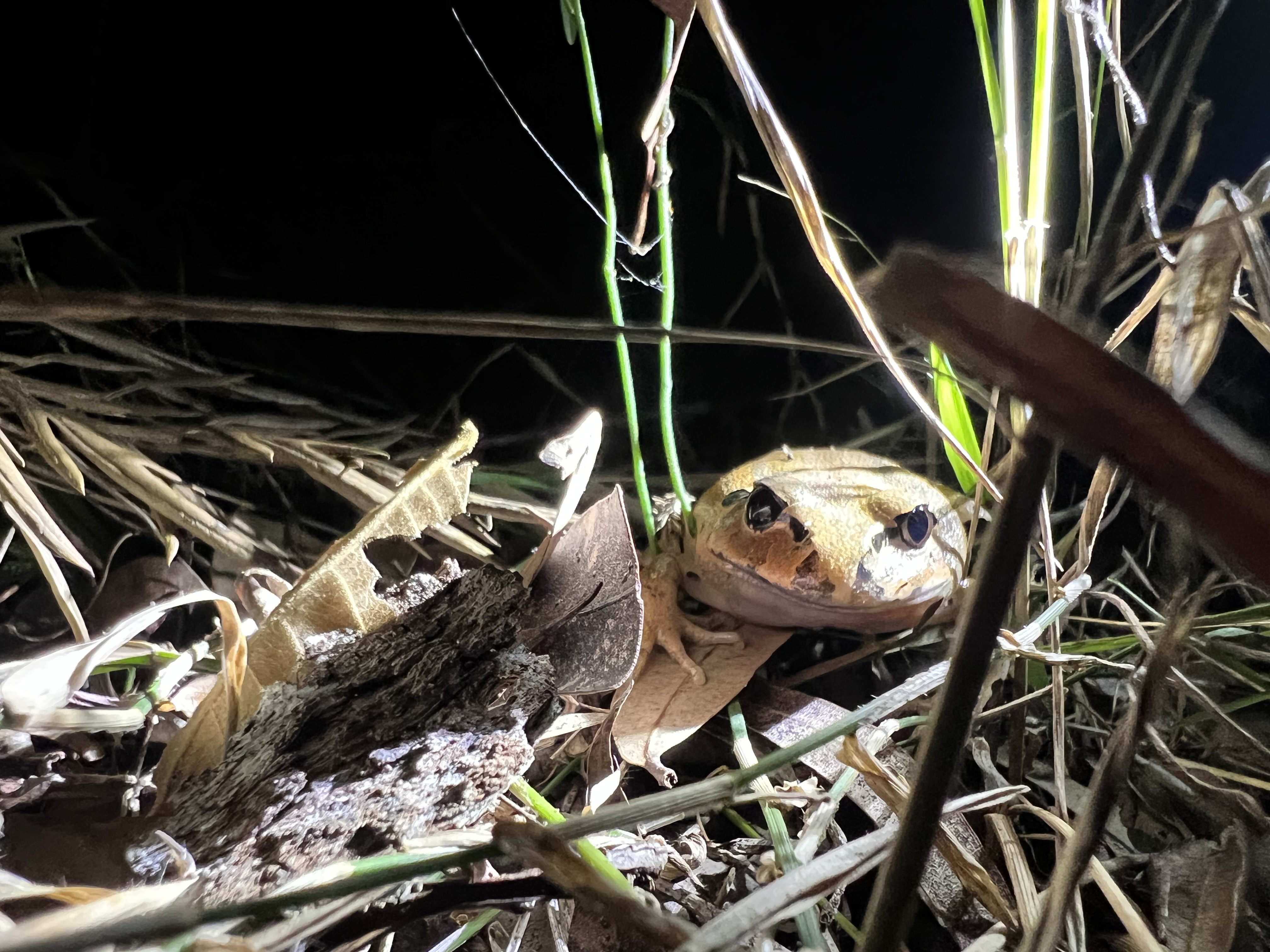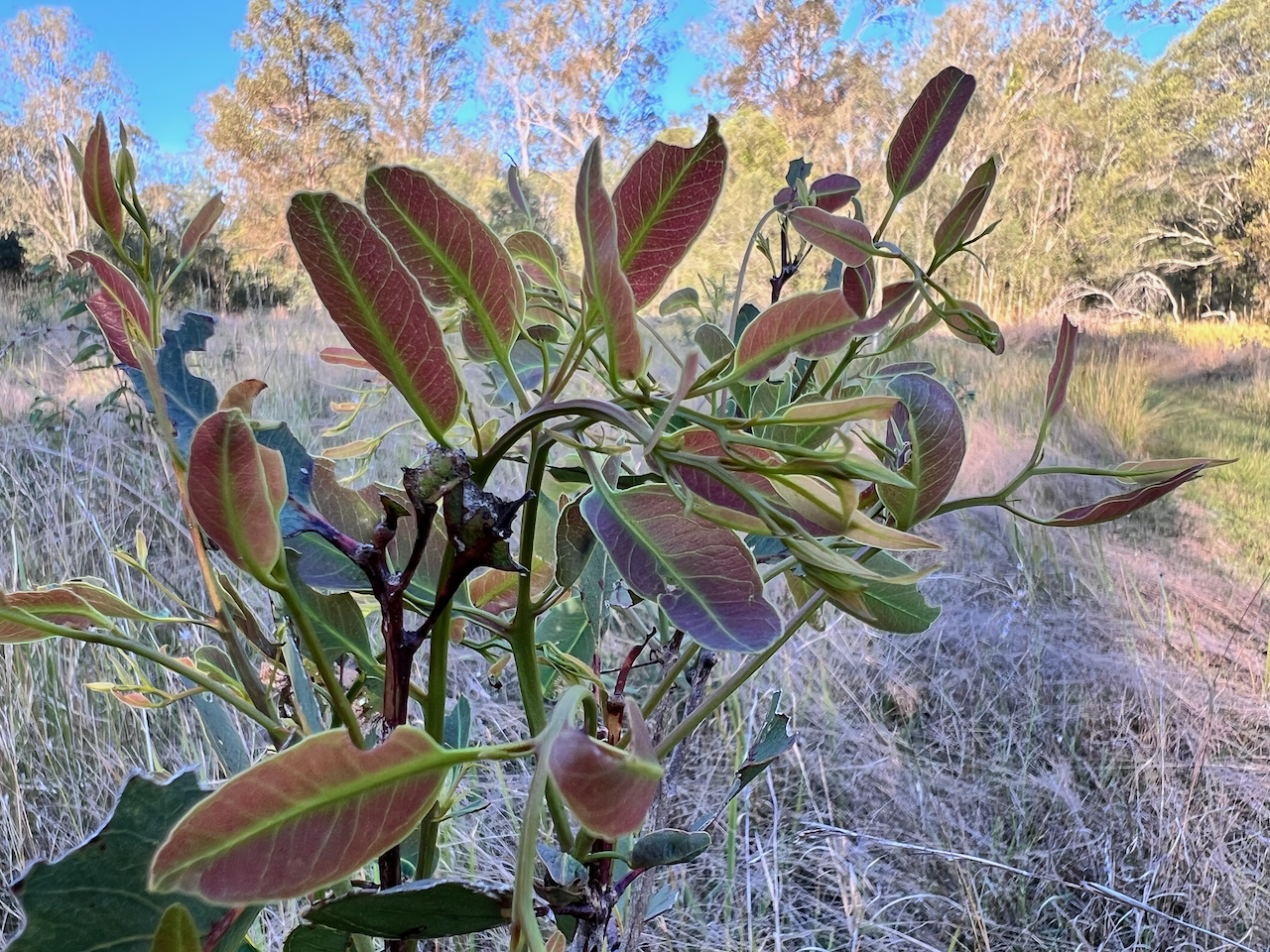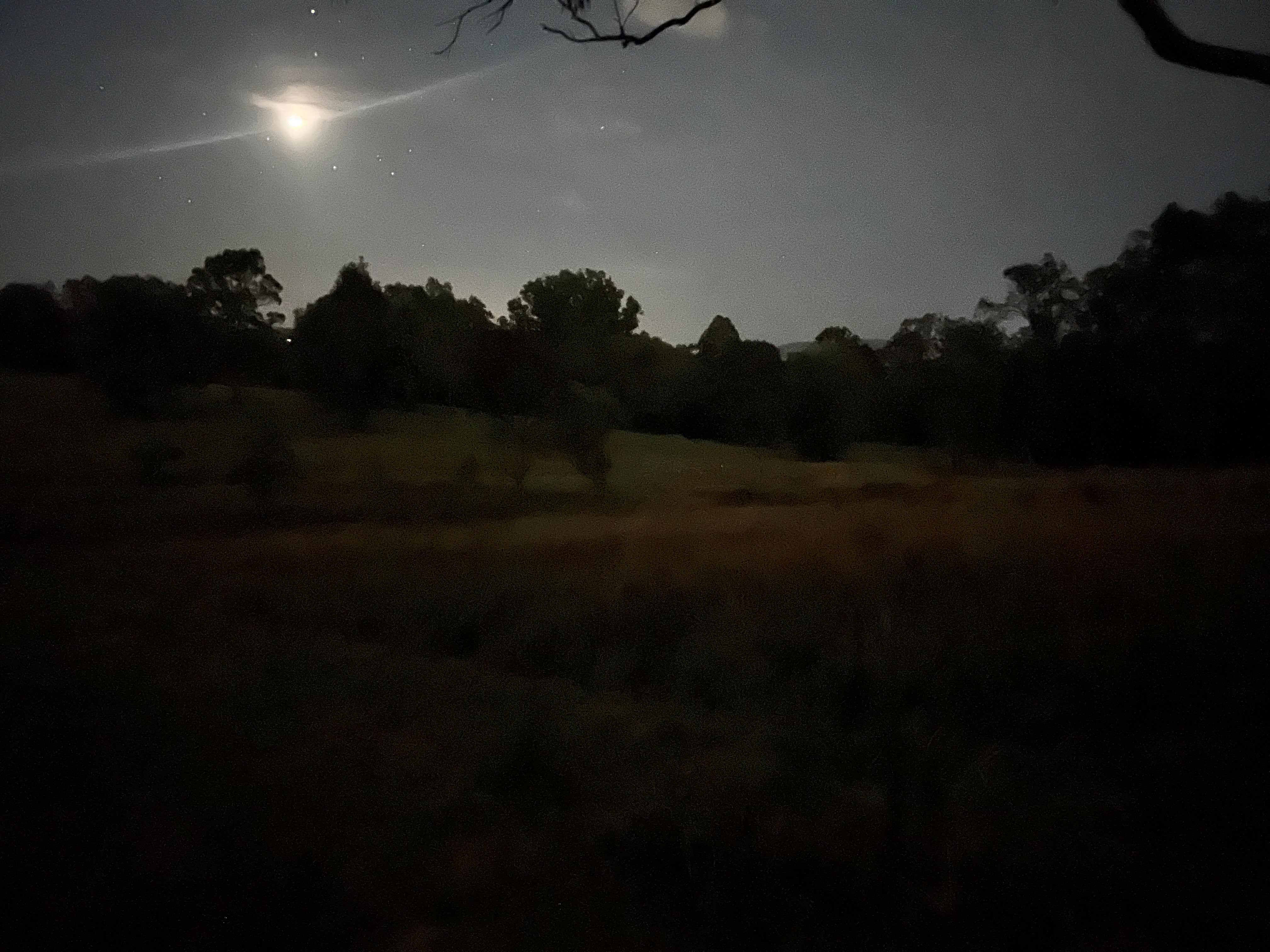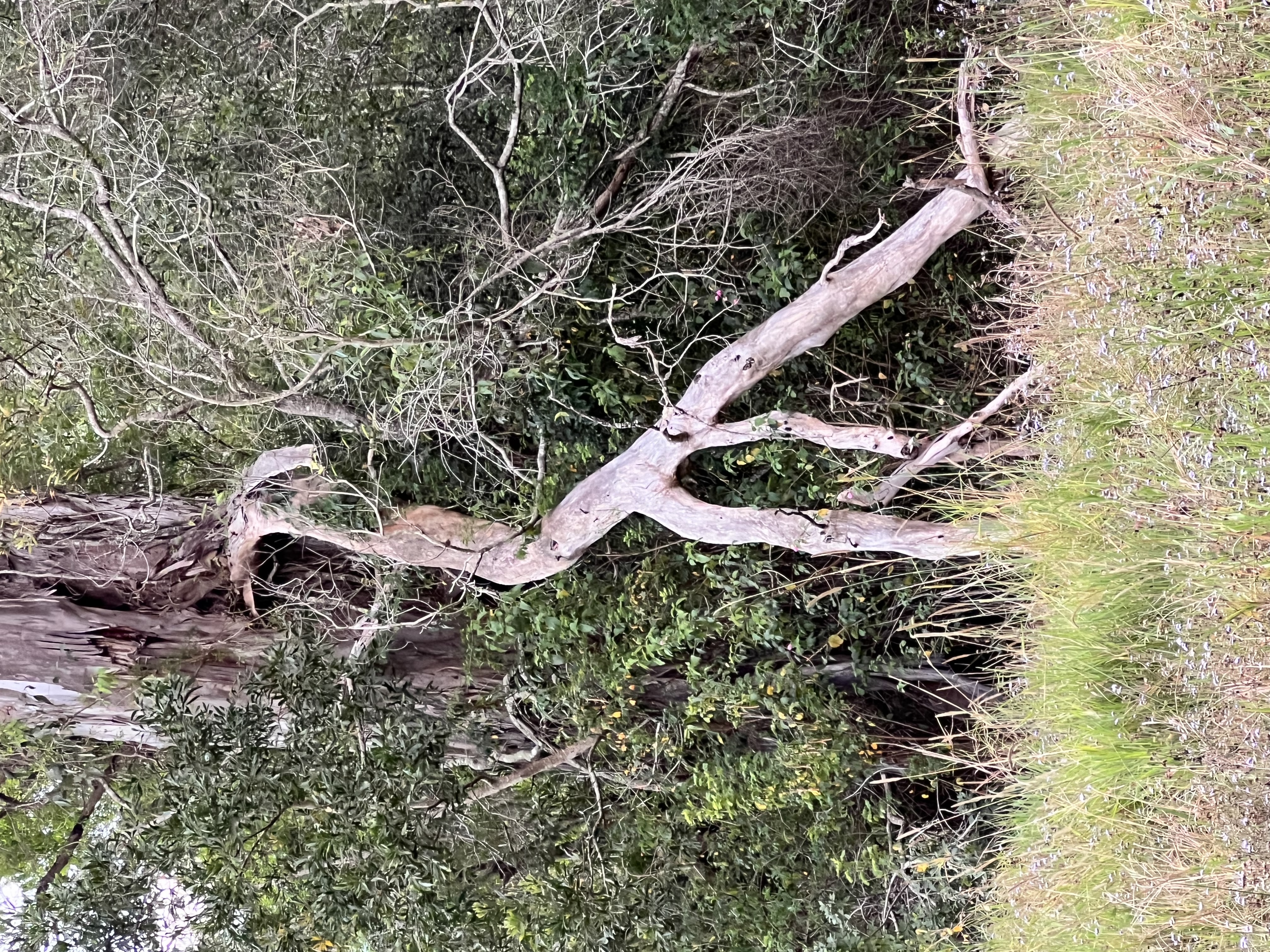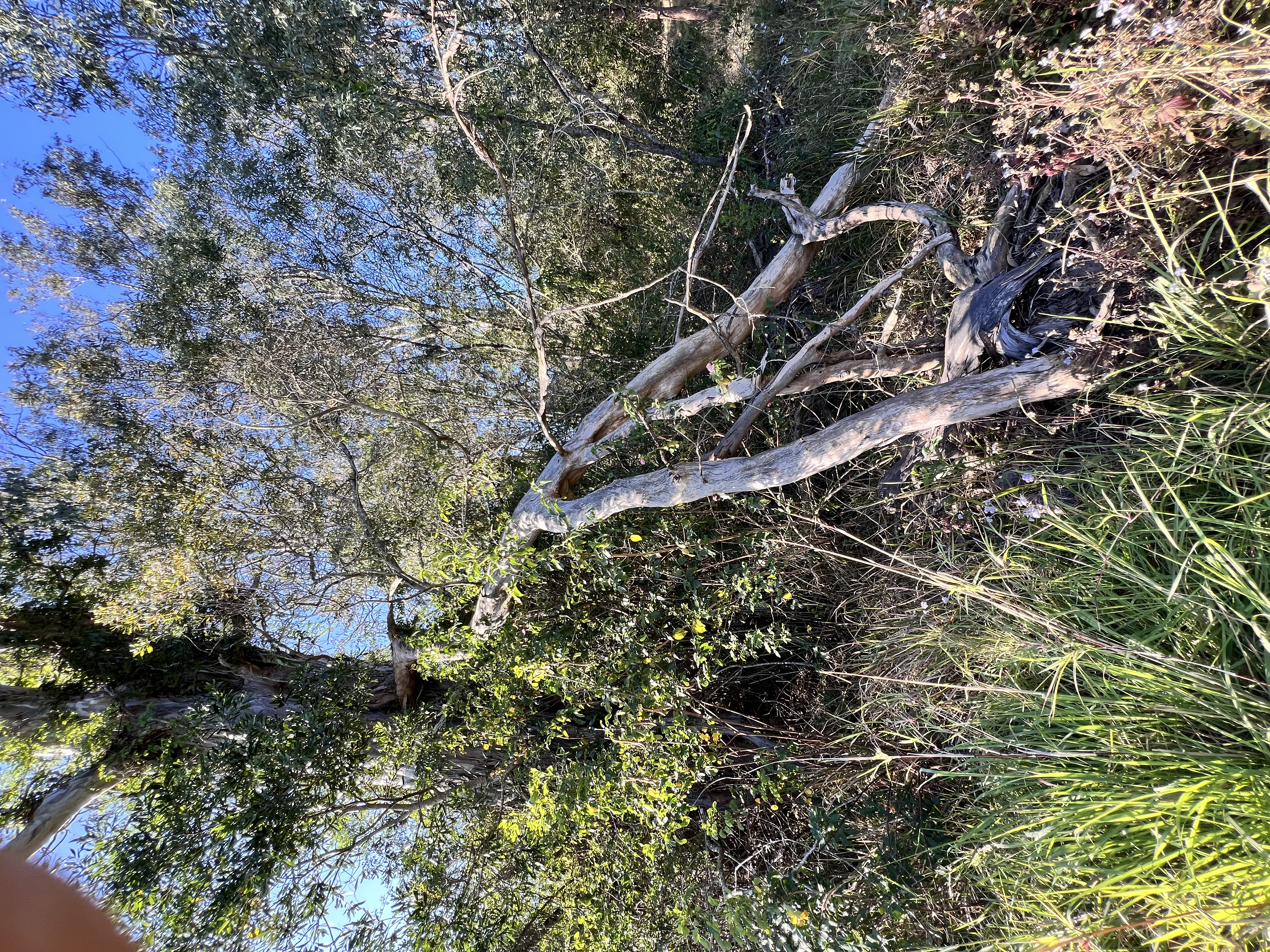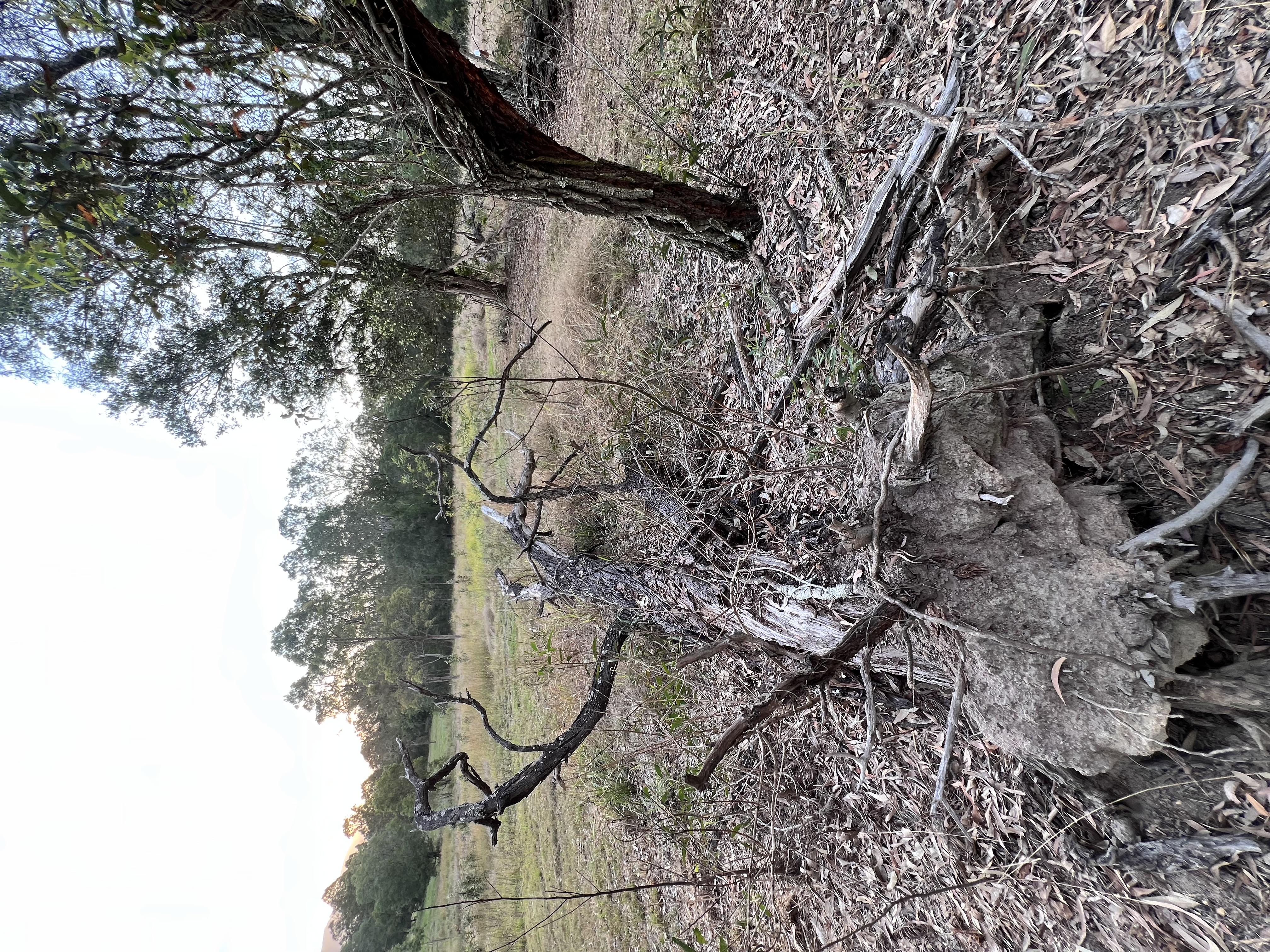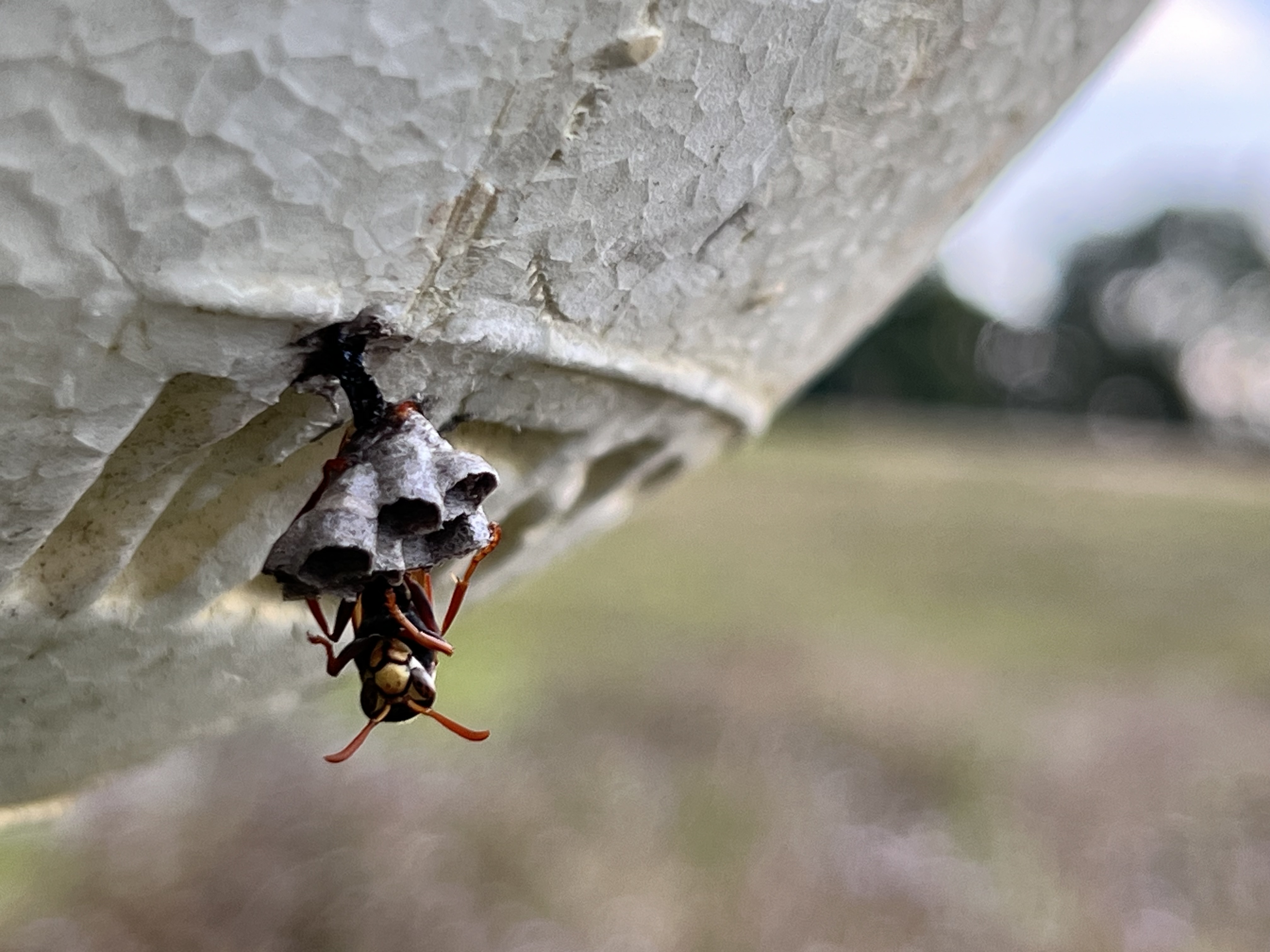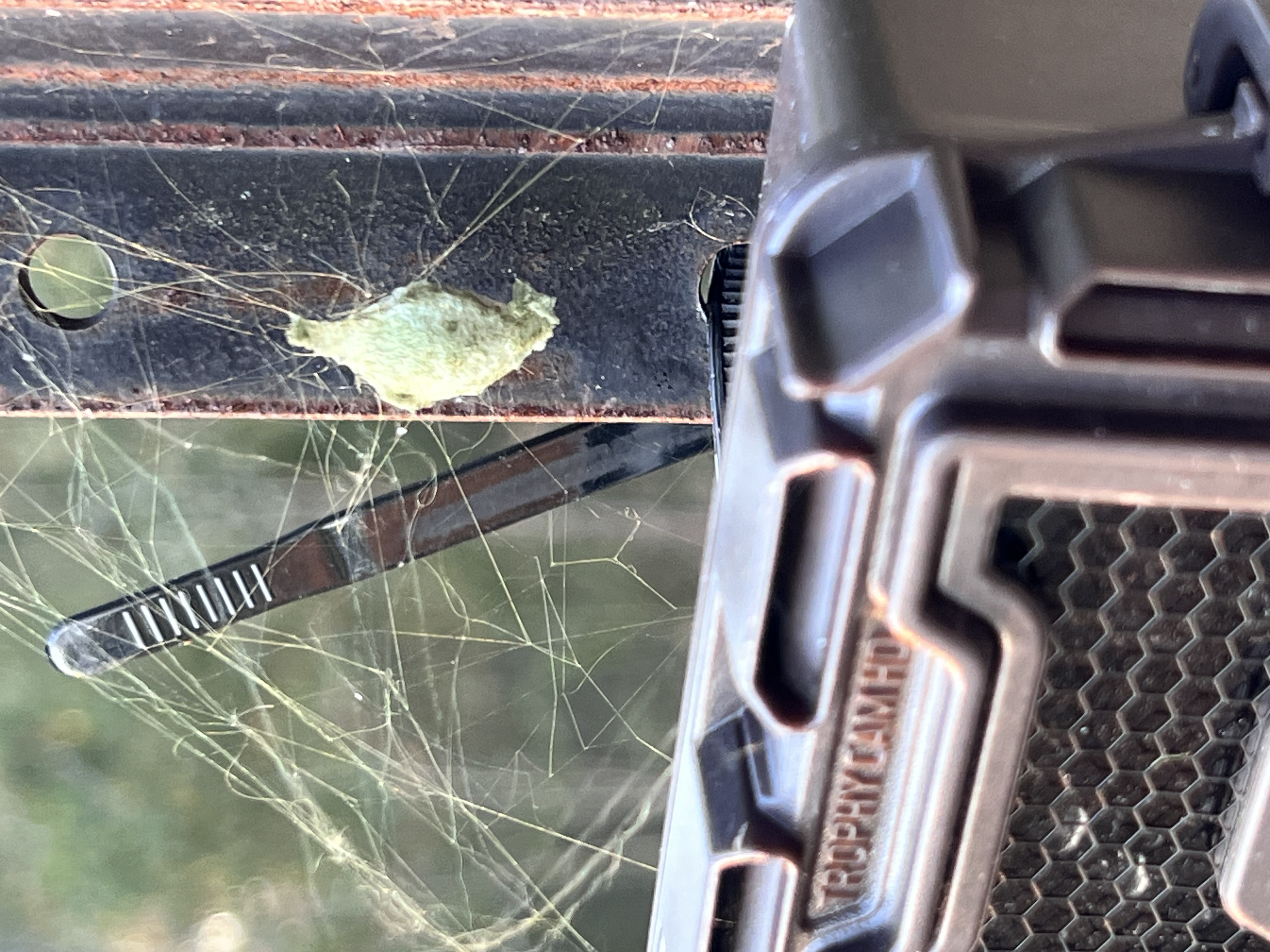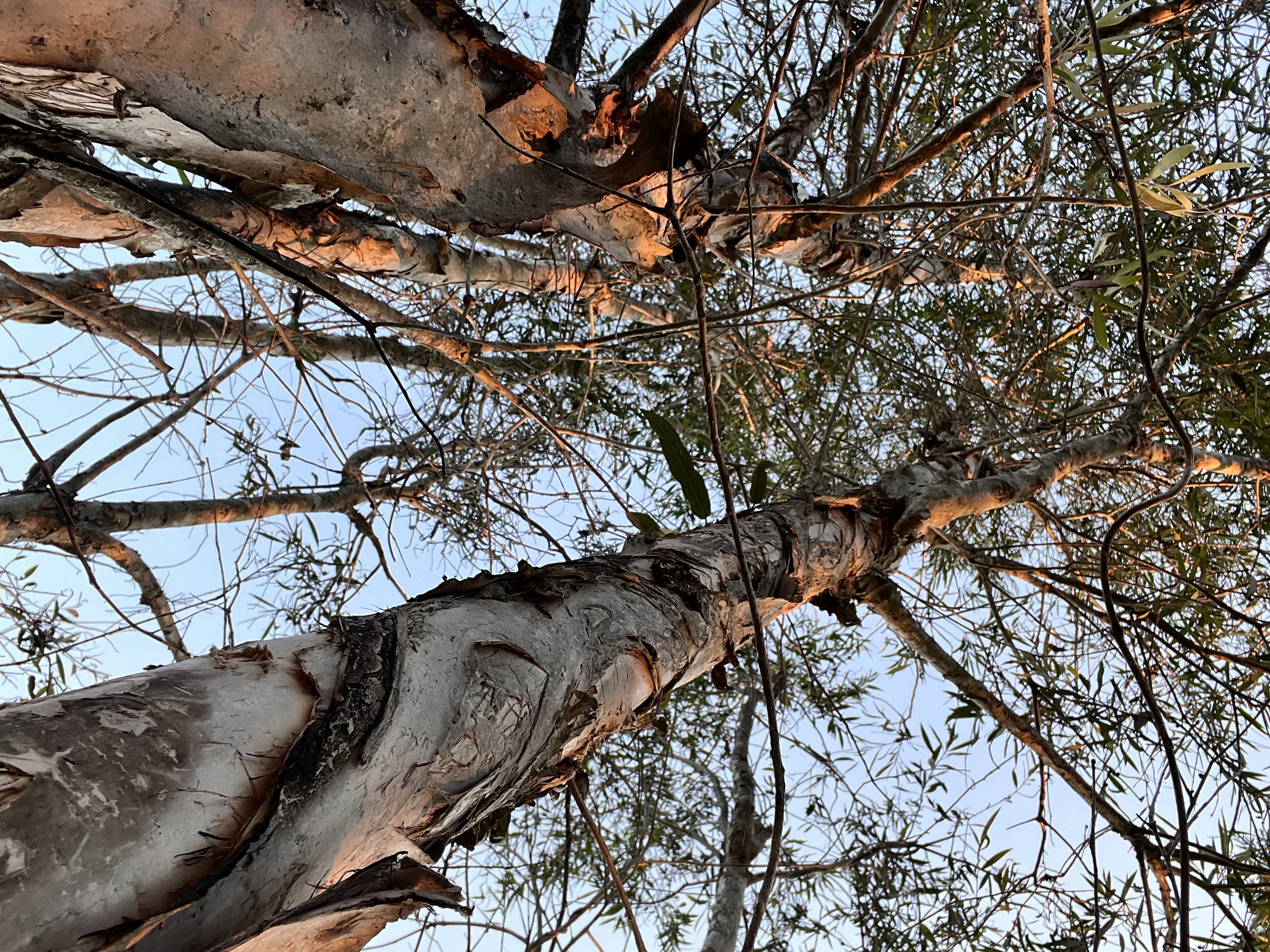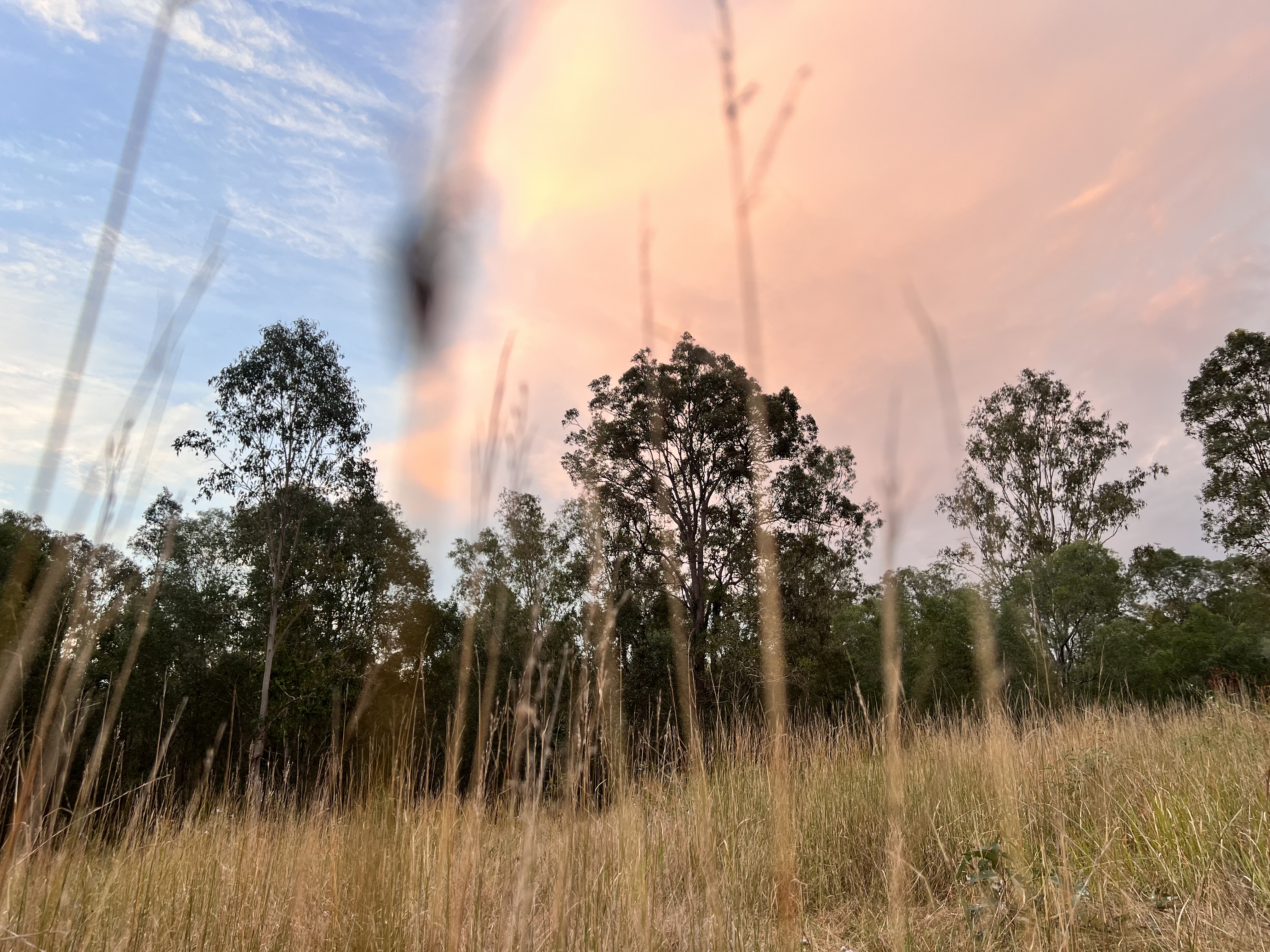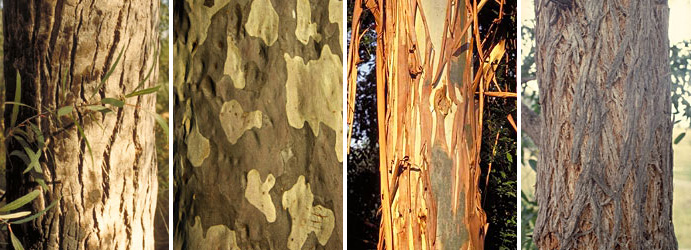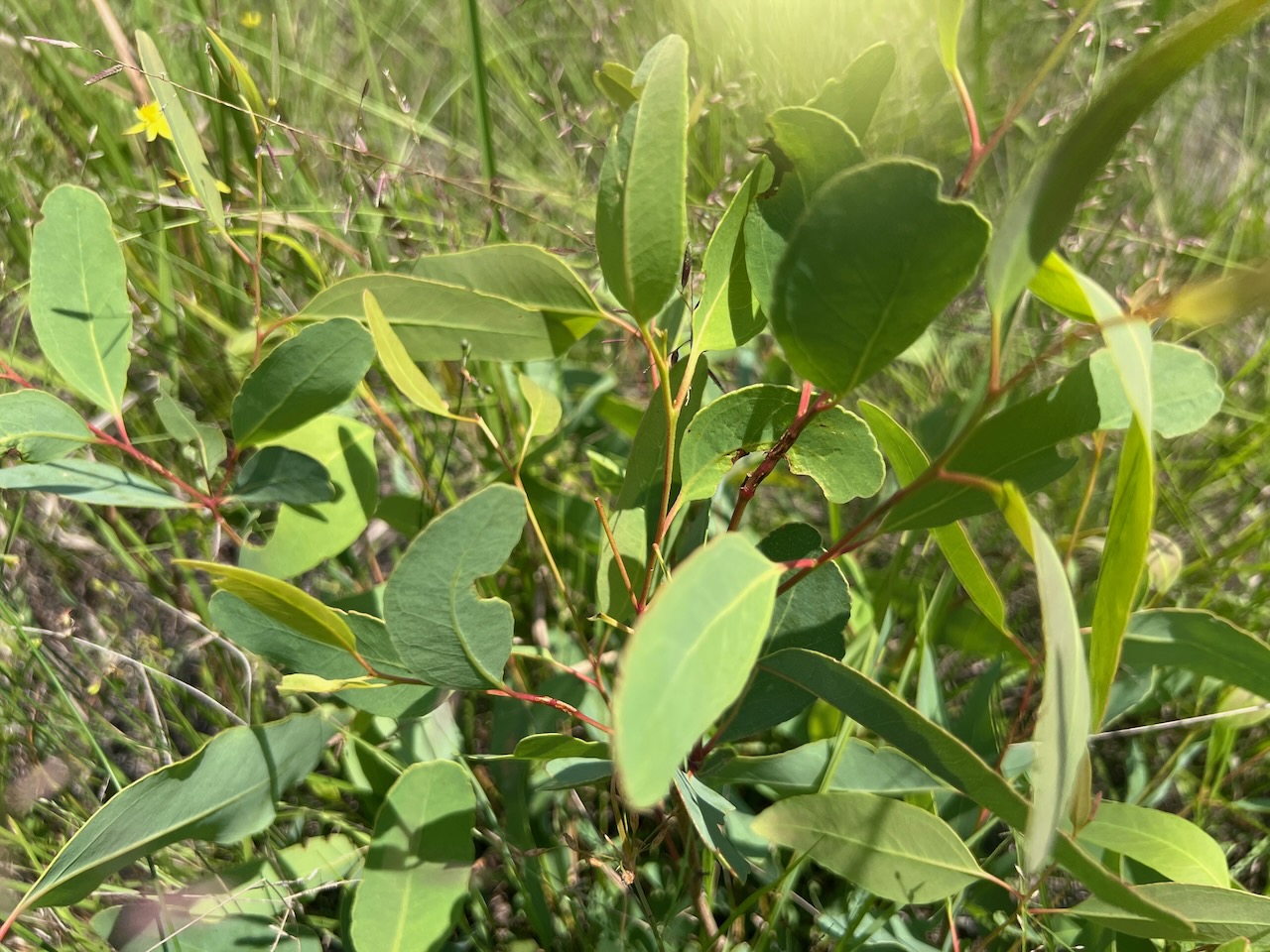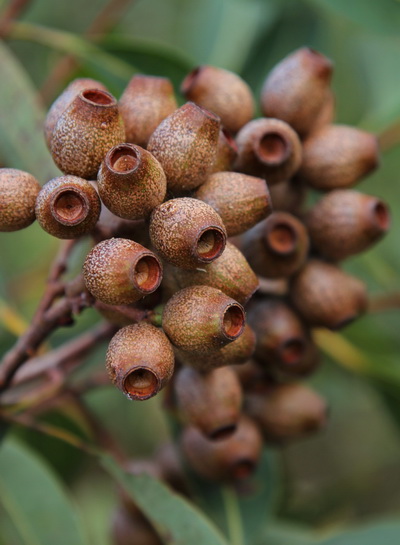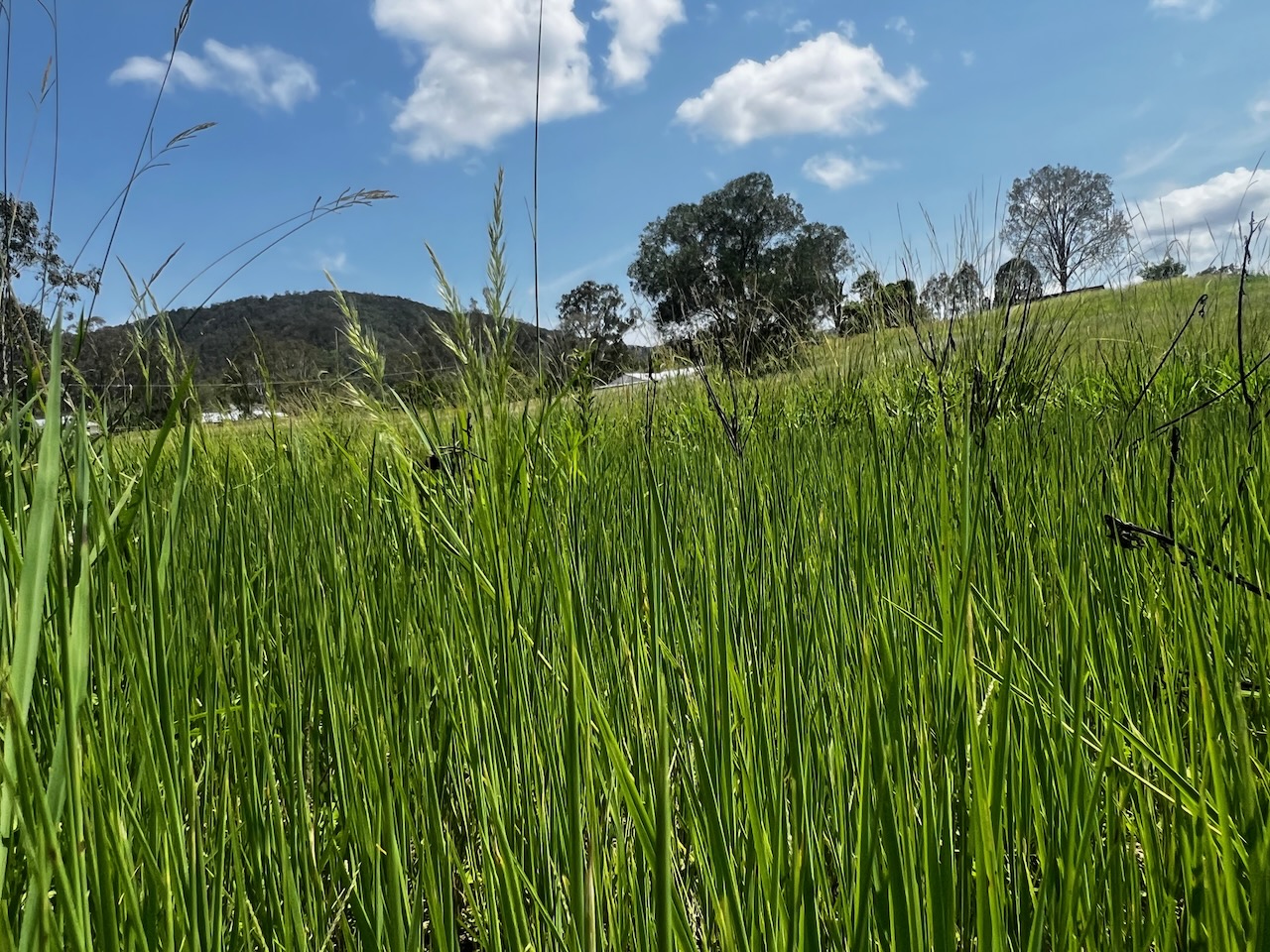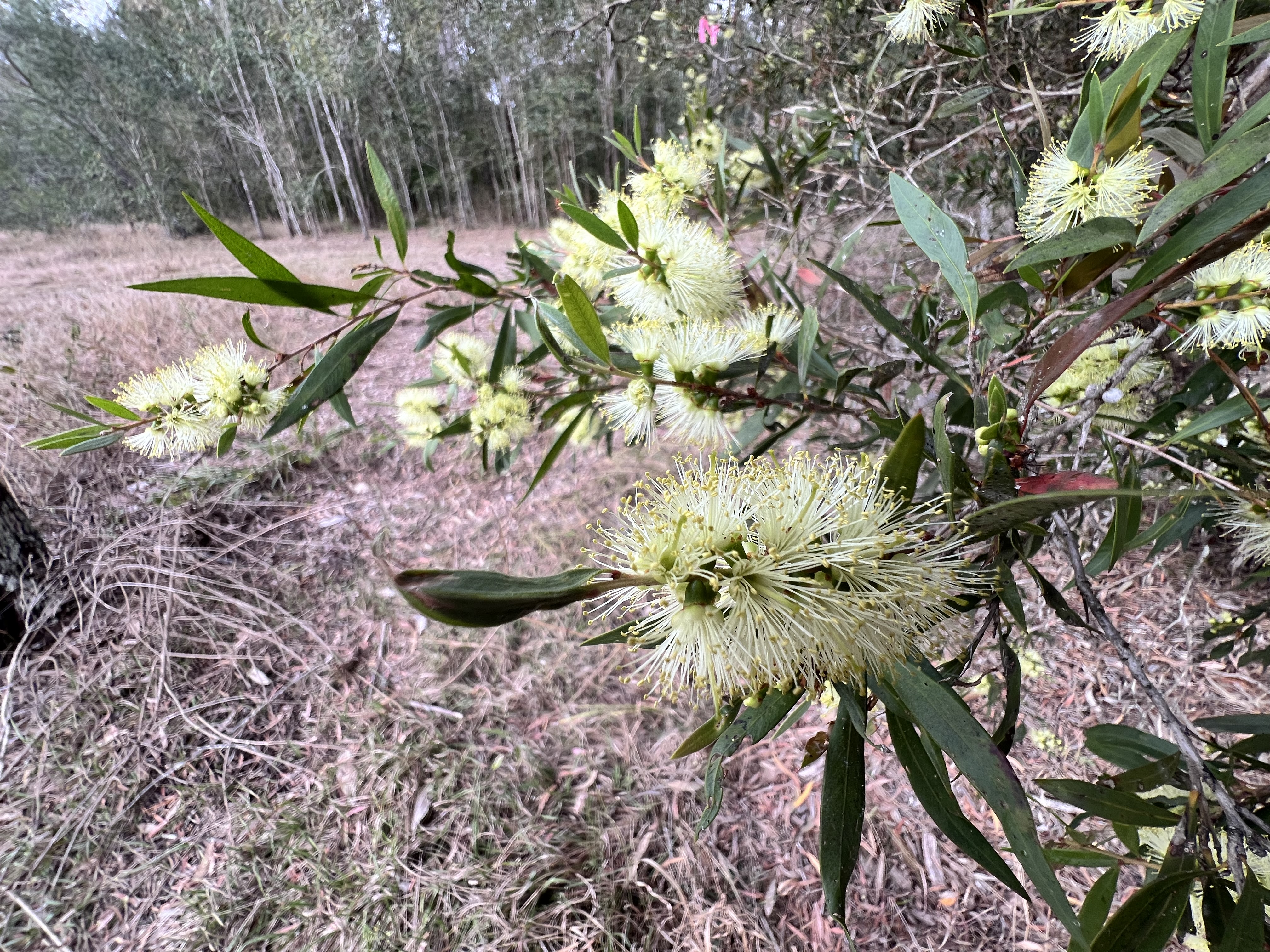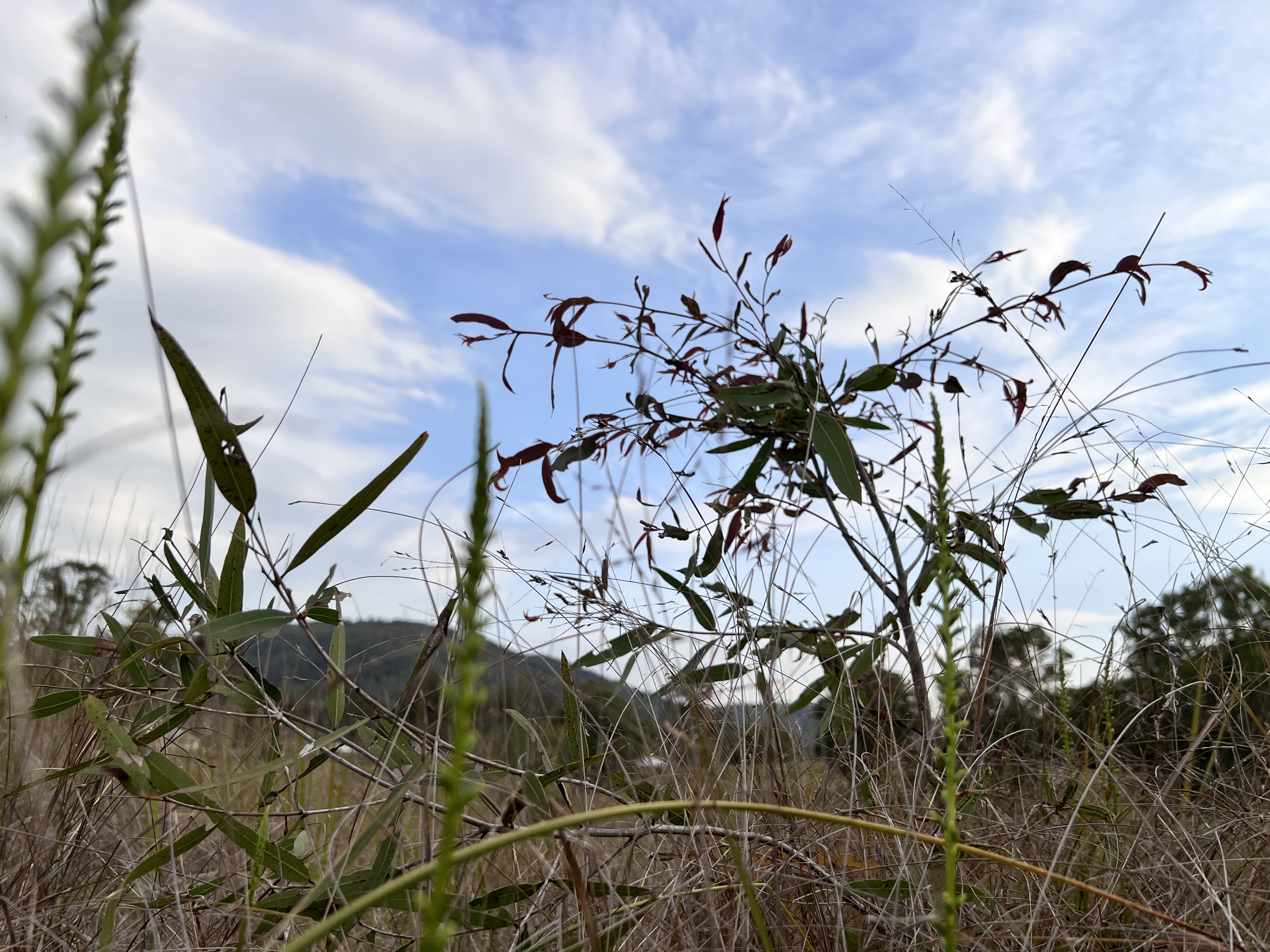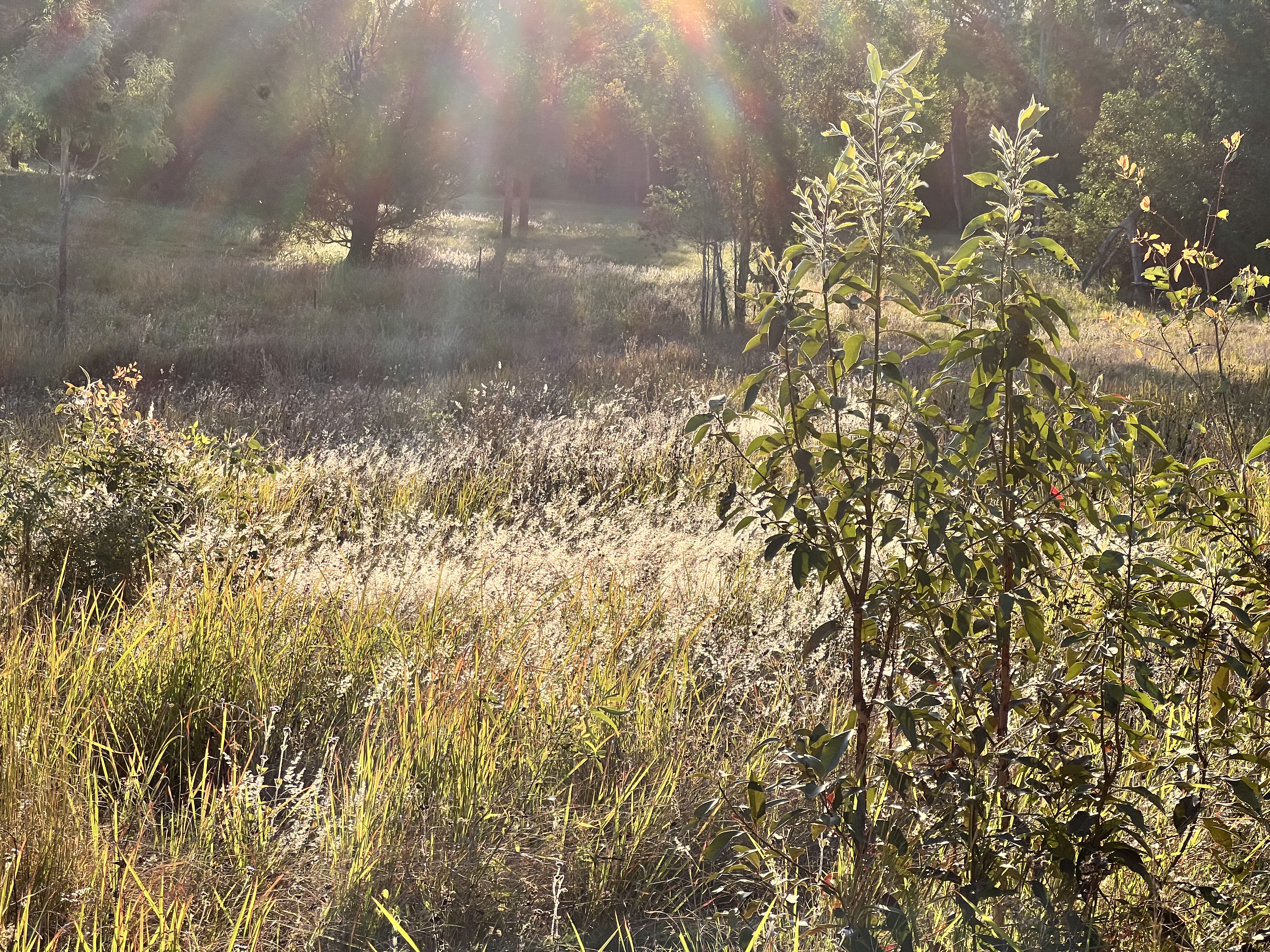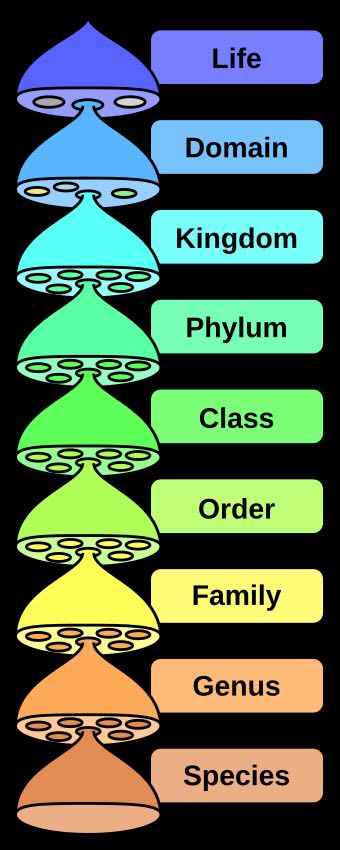It’s been a while coming, but this week called for a more significant intervention on the site. To date interactions have been mostly necessarily light touch. However consistent with the definition in this prior post, it seemed the right time to establish the first of the site’s Art Intelligences (Ai) – which in the context of this project, are considered to be experimental artworks, embedded within the forest site, compatible with, & allied with the profound, natural intelligences of the forest (the meta-artwork) as it repairs and re-grows.

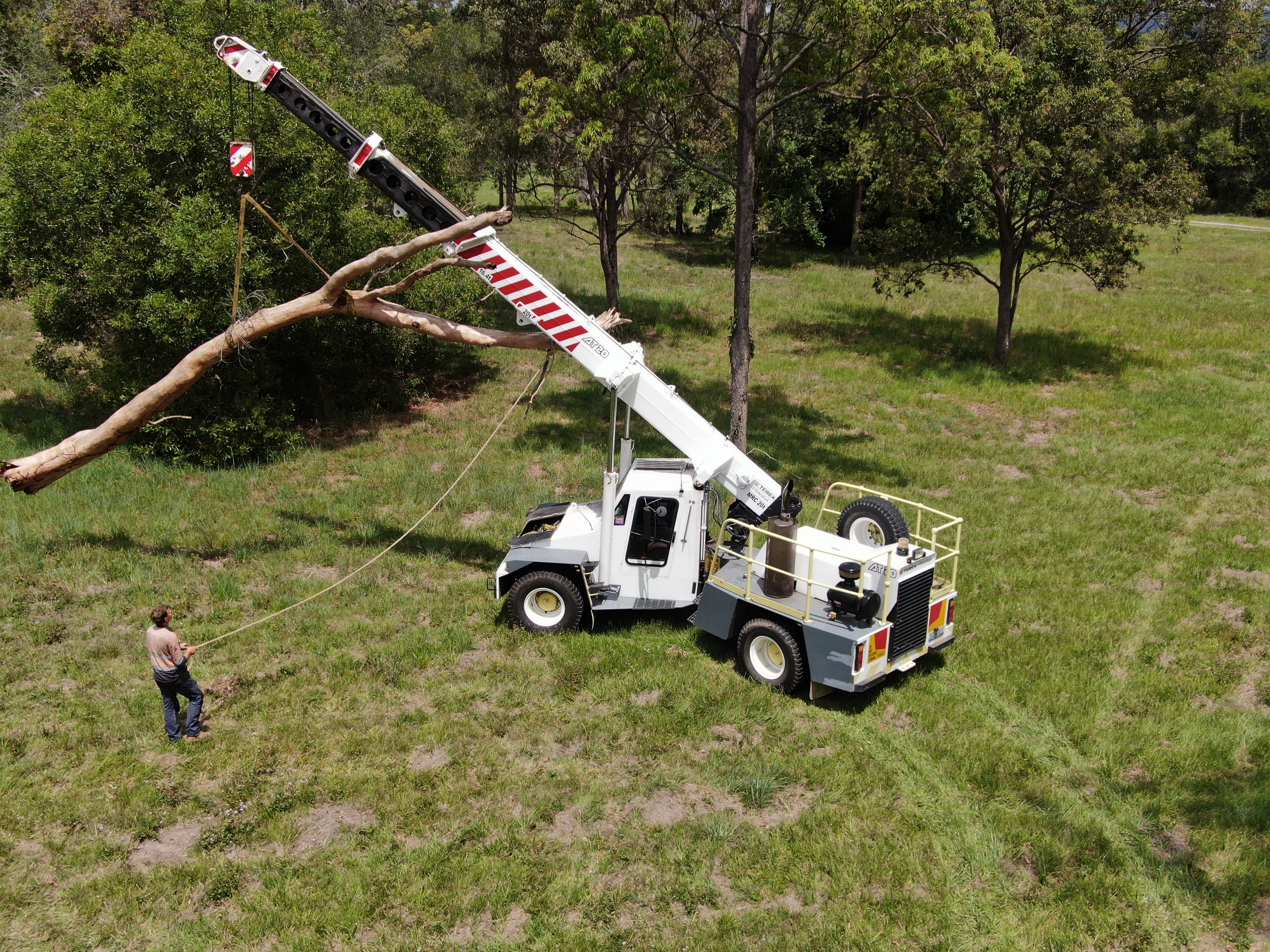

These hybrid installations across the site will ‘evolve with’ and ‘learn from’ the emerging forest whilst directly benefitting its growth. These Ai’s might also evoke awe and encourage public engagement with the forest’s fluxes of intelligent natural regrowth – and are placed at principal, representative sites, standing in as proxy for the entire forest development.
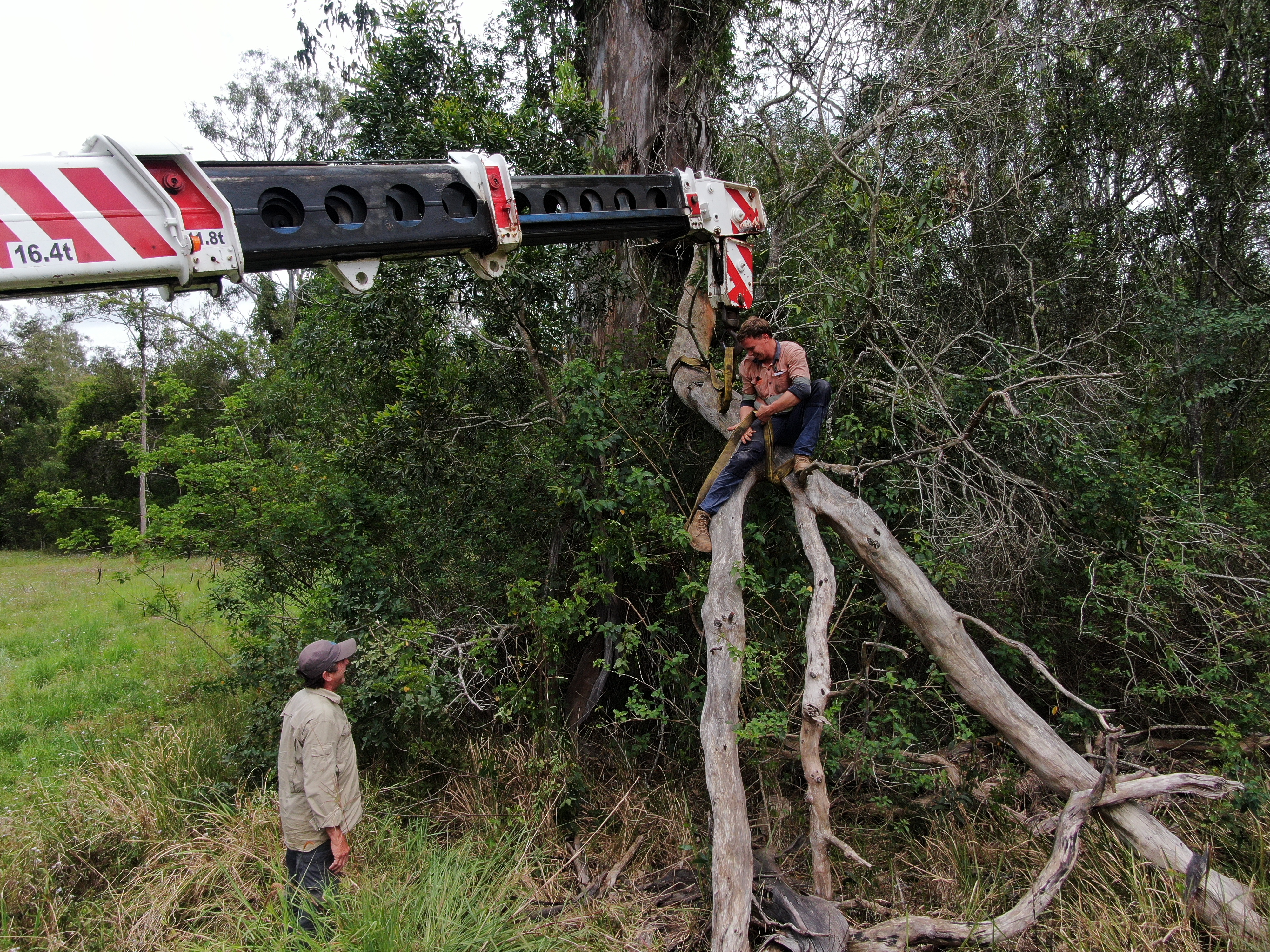
As a first step in discovering exactly what this could mean, we chose to focus attention around three fallen trees (again see this post) – two of which are already in place – and are helping the slow processes of returning biodiversity to the impoverished, ex pasture soil. However this week the third was specifically introduced – a 2 tonne, enormous fallen limb from ancient Forest Blue Gum (E. tetericornis) relocated from a nearby site. By hiring a crane, and with expert assistance Marcus Yates and I decided that it would be possible to locate this carefully fallen tree limb, amongst the young, emergent trees already on site, to slowly become a site for insects, other creatures and seed spreading perching birds. This was also an idea I’d discussed with the team as a viable way forward – and resonated with an earlier idea of bringing a fallen log to the site that Dr. Carrie Hauxwell had previously proposed.

By supporting biodiversity in its own unique way – this Ai/terericornis would quickly become in a low cost low rent housing for a myriad of future species, with the capacity to add current and future carbon and nutrients to the emerging forest – a site currently missing the richness of a forest floor or any real form of shading.

It would also begin to feed the regenerating ground, and encourage development of mychorizzal networks – whilst also providing shelter, food, and habitat for a variety of creatures. In otherwords – it will be a gift to the ecosystem.”
Future steps would now involve the development of ‘Art Intelligence Accelerators’ to speed up this process that might otherwise take decades. (More on that in a future post).
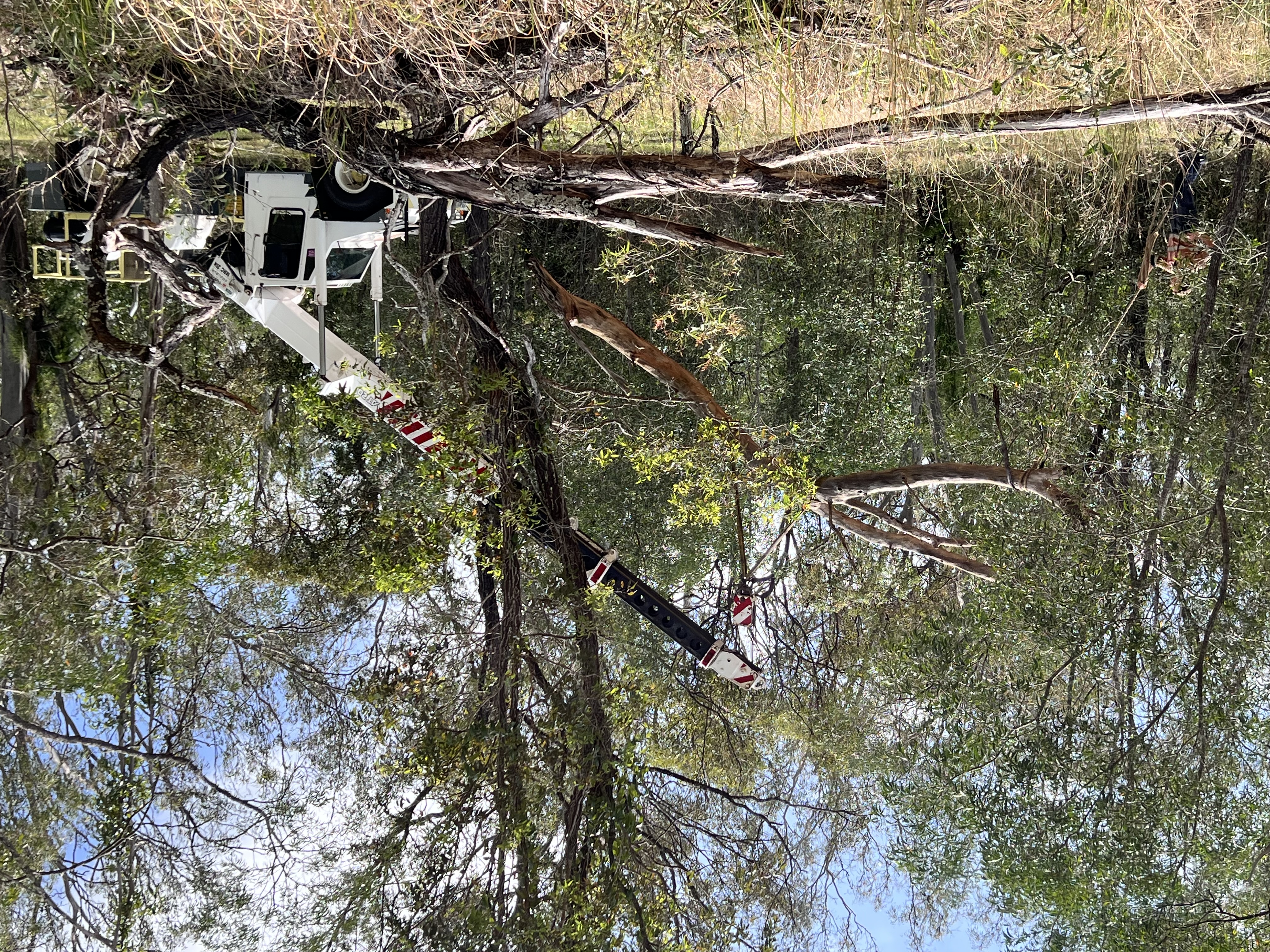

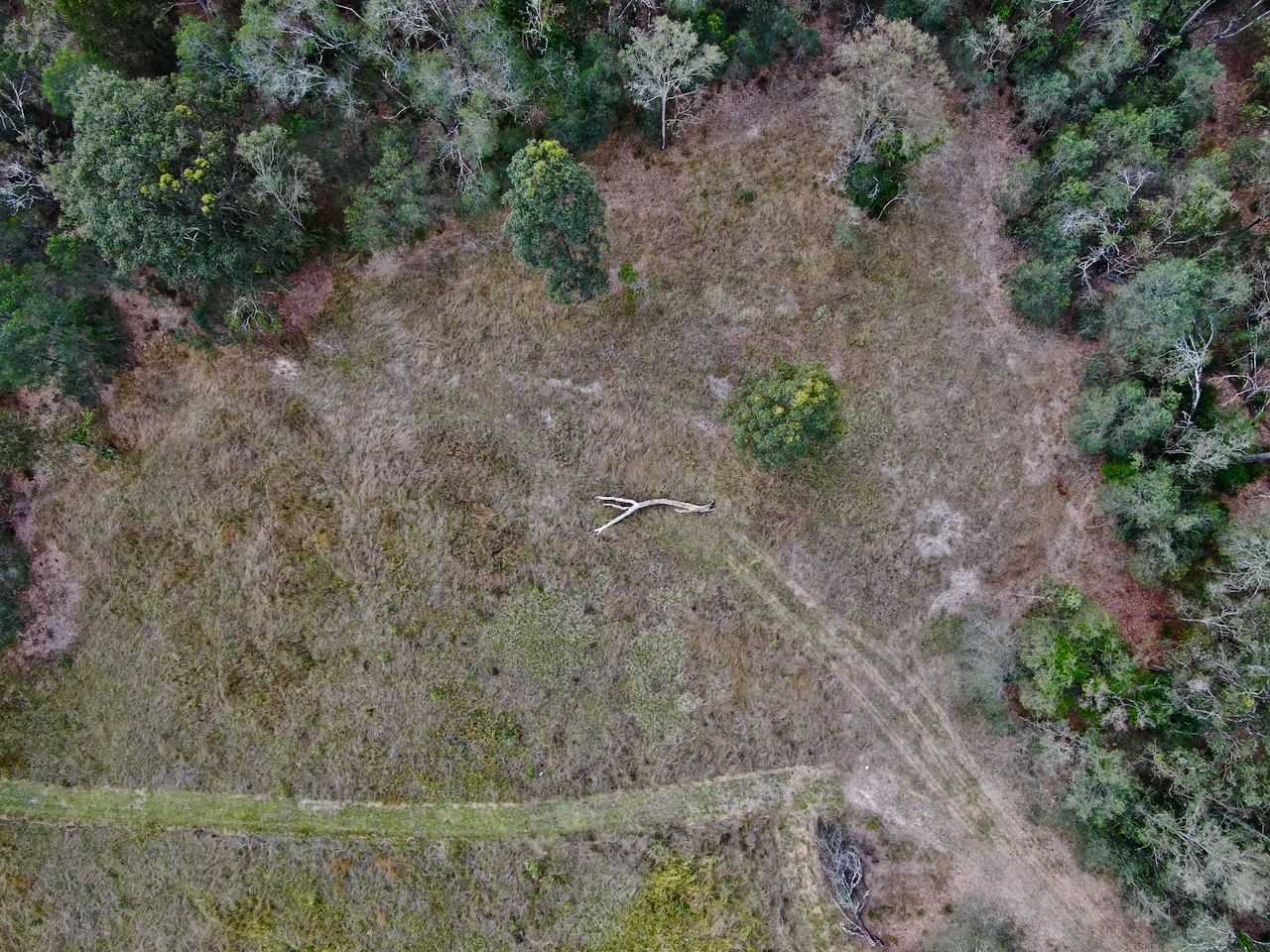
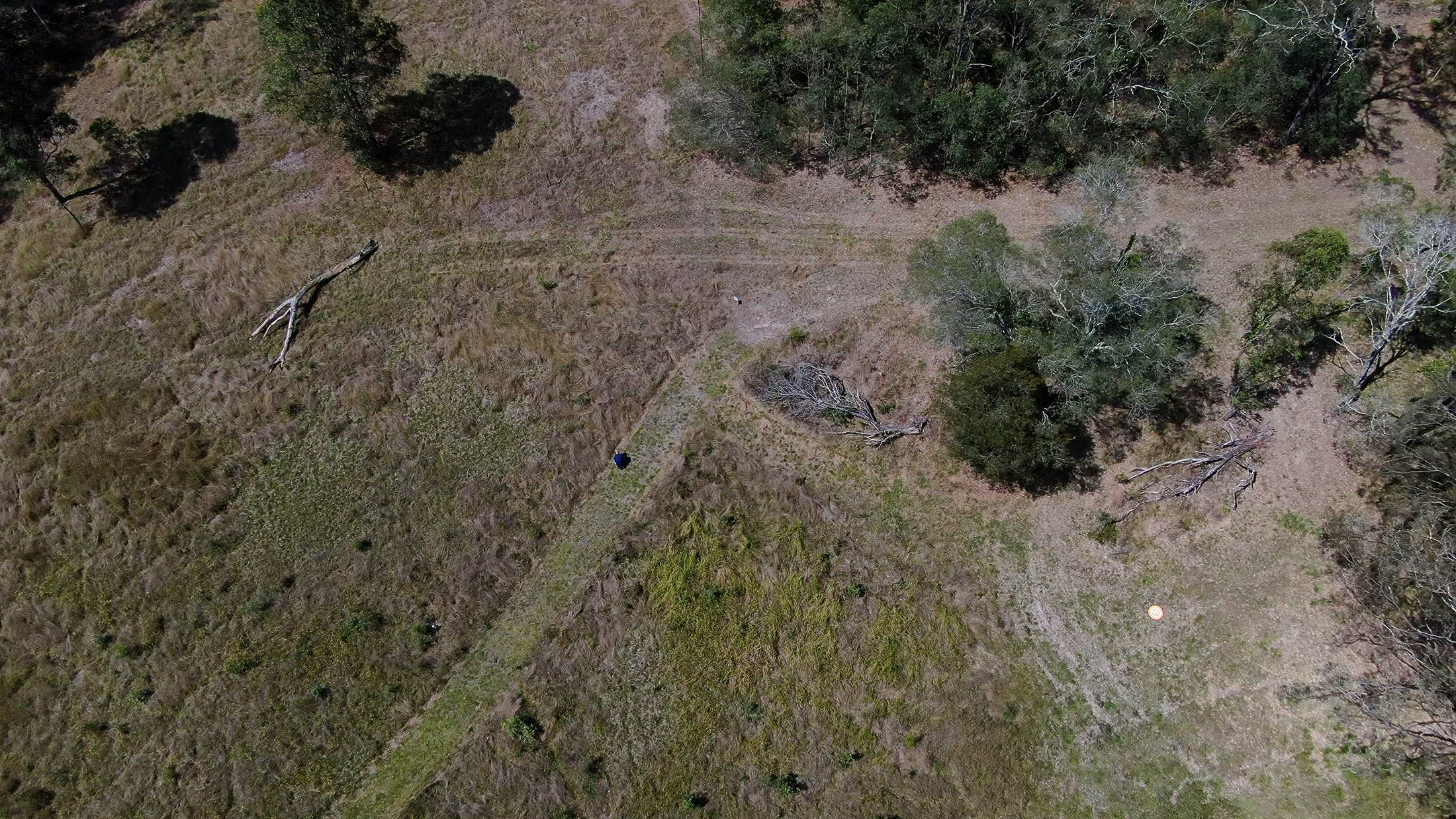

The next proposed stages of the process will to instigate the accelerator actions to this Ai: beginning with 1 :A gravity fed slow-drip water system to keep an area of ground/the log permanently damp – encouraging both growth of lichens and fungi and accelerating breakdown. 2 the invention of machinic versions of mammalian soil: digging/scratching/manuring/aerating) – realised by electronically controlled/solar powered ‘muscle wire’ bark scratchers/depositors – designed to agitate and slowly break down the surface of wood and soil over time. 3: Formal, sculptural provision of attractants for local pollinating species (native honey/pollen sculptures).


